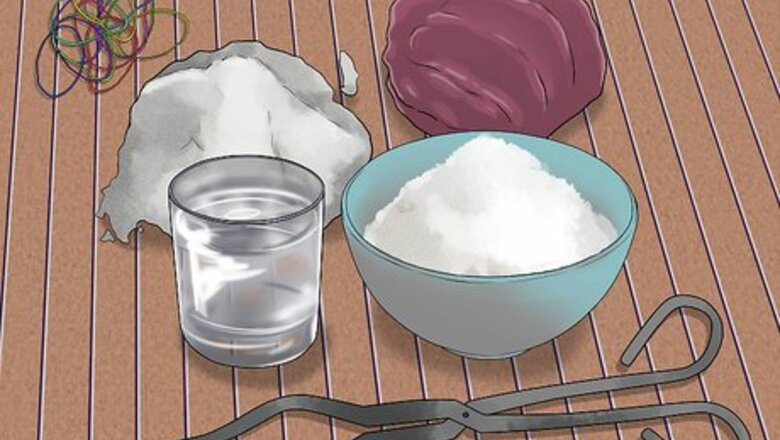
views
Preparing to Cast Your Brass
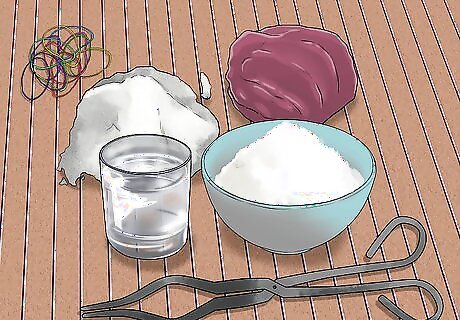
Gather your materials. You'll need rubber, sand, clay, cornstarch, cold water, and tongs. You should have clay equivalent to a quarter of the amount of sand you have, and cornstarch equivalent to one percent of the amount of sand you have. You should be able to buy these materials at a home improvement store.
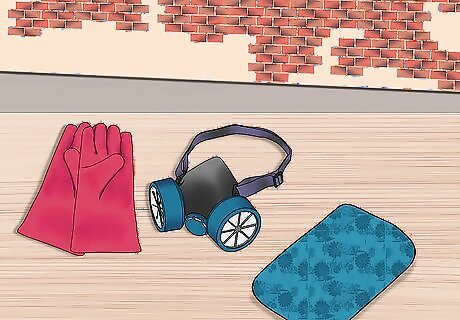
Don your protective gear. Anytime you are near or handling hot metal you need to be very careful. Wear heat-safe clothing, not just heat-resistant clothing. That means you'll need to buy heat-safe clothing online or at a local industrial supply store. This isn't cheap, but it is a necessity.
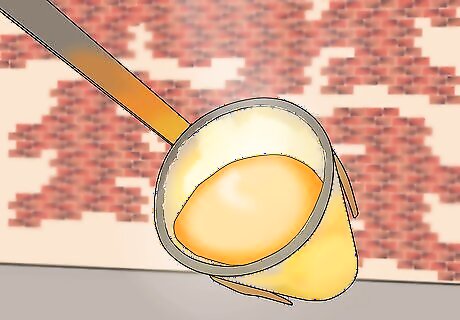
Get your melted brass. It is assumed you have already melted your brass before you are preparing to make it into something. You melt brass by putting it in a furnace in an iron pan, but it's a complicated process. Learn how to melt brass before you attempt to cast anything. To melt brass, you'll need a metal melting furnace and brass items to melt. You also will need a crucible, which is the piece of equipment that holds the melted brass in the furnace, and a skimmer spoon which is used to transport the material. Put your crucible in your furnace following the instructions of your particular furnace model, light your furnace, and then start to fill your crucible with brass after fifteen minutes or so. Keep the furnace going until your brass has completely melted. Once you start to see discolored material on top of the molten brass then you'll know your brass has melted. Remove the discolored material using your skimmer spoon and discard it in a box of sand or a heat safe trash can.
Making Your Mold
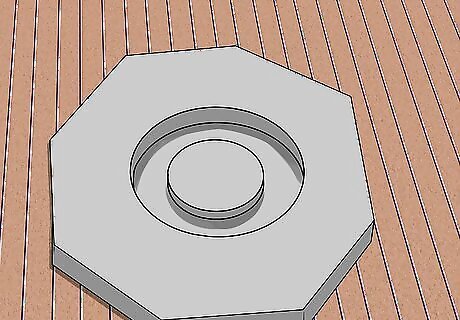
Make your pattern. Make sure you make the pattern .017 inches (0.0432 cm) larger than the finished casting to allow room for the molten brass. Brass gets smaller as it becomes a solid. Styrofoam is a popular option for making your pattern, or you can use wood if you would rather stick with the classic technique. Essentially what you'll be doing is breaking up a three dimensional object into shapes that will be pressed into sand. The void in the sand will form the solid cast. You can make any shapes that you'd like as long as it can withstand being shoved into a box of sand. You're making a three dimensional prototype of whatever it is that you want to cast. If you want to make basic shapes like a simple doorknob, you can design the prototype on your own using some sort of clay or the materials named above. Whittling a block of wood is always a good option too. Otherwise, if you want a more complex pattern, you'll need to buy it. Oftentimes these patterns are made by experienced metalworkers.

Buy your pattern. You can also buy a casting pattern at a home improvement store if you would rather not make your own.
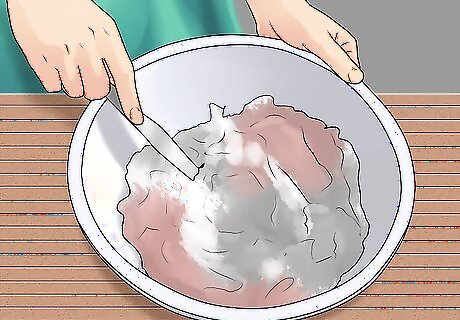
Make your sandbox. Mix sand, clay, and cornstarch. Figure out 25 percent of the amount of sand you have in order to find out how much clay to add. One percent of the amount of sand is the percentage of cornstarch you add. For example: 100g of sand = 25g of clay and 1g of cornstarch. You can eyeball this, but you might need to go through some trial and error. Now move your sand and clay into a box.
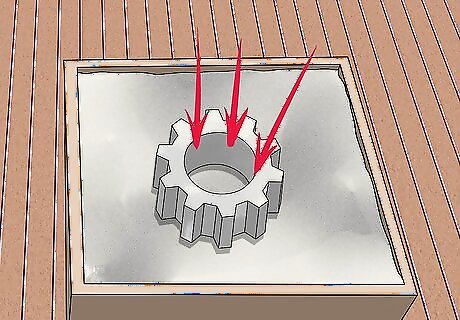
Push your pattern into the sand and clay mixture. The idea is the leave indents in the mixture that will hold whatever shape you're trying to make out of the brass. Don't leave the pattern pieces in the sand once you have made the holes, obviously.
Casting the Brass
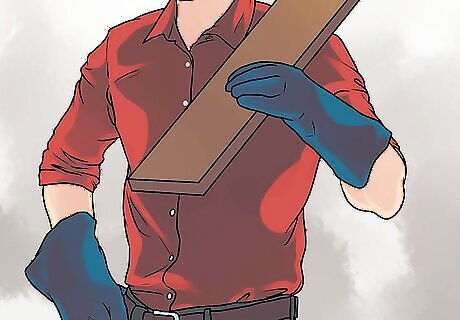
Put on your safety equipment. You're going to be dealing with molten metal, so you better prepare yourself! You'll need heat-safe gloves, boots, and an apron. It's also recommended that you wear long sleeve wool clothing. Don't forget your heat-safe facemask.
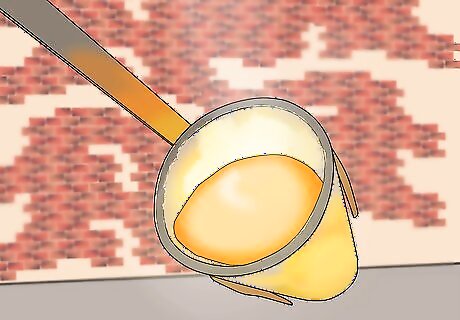
Remove the brass from your furnace. Remember to keep the furnace running until you're ready to pour the brass. As soon as you turn the gas off the brass will start cooling.
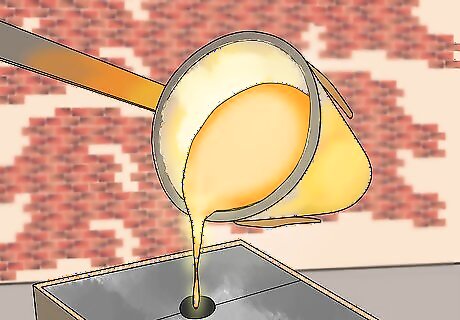
Pour the molten brass into the mold you made. You generally don't want to pour more than three molds per cast. By this point the brass will have cooled down too much. Transport the brass in the iron pan that you melted it in. Be very careful and pour the brass out using the spigot. Don't rush.
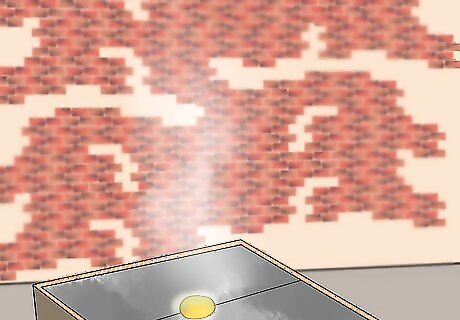
Wait for the brass to cool. Depending on the size of your mold this will take an hour or more. Don't be afraid to wait a little longer if it still looks molten to you. Brass generally cools pretty quickly.

Cold bathe the mold. Fill a large bucket with cold water. It doesn't have to be freezing, but it should be colder than the lukewarm water coming from your faucet. There needs to be a stark heat difference. Now pour the cold water on your hot brass and the mold. Steer clear of steam. The heat difference should crack the mold right off leaving a still hot brass piece.
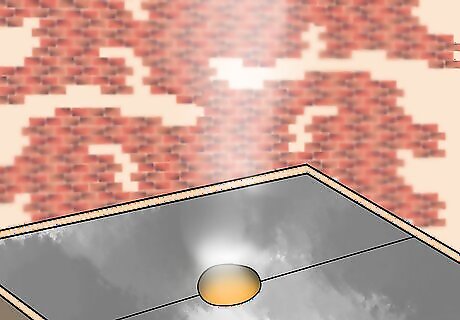
Wait more. You need to wait for the brass to cool thoroughly before using it. Even though you've already waited a while and poured water on it, it is still hot. If you don't wait you might burn yourself. Let it sit overnight to be safe.
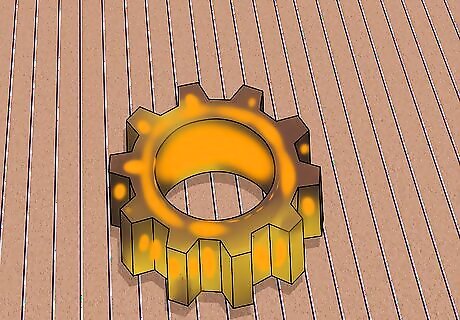
Remove the mold from the sand using heat-safe gloves. Even if you waited overnight, it's always best to use your heat-safe gloves when you touch the metal. The brass piece should be easily removable if you cold bathed it correctly.
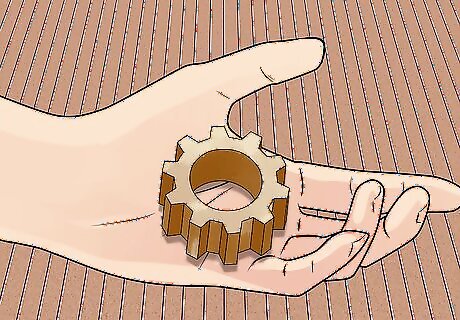
Enjoy your new brass piece! Whether it's a doorknob or a collectible, it's pretty cool that you just did that on your own. Good job!




















Comments
0 comment